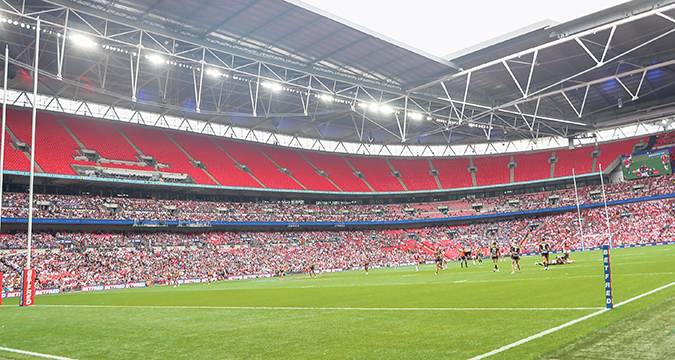 I'M ALWAYS careful, when I talk about Rugby League, to separate what happens on the field from what happens off it.
On the field, I would challenge anyone to find a sport with more outright appeal than Rugby League, even if much of the world doesn't recognise it.
Off the field, I would challenge anyone to find a sport that is marketed so poor
I'M ALWAYS careful, when I talk about Rugby League, to separate what happens on the field from what happens off it.
On the field, I would challenge anyone to find a sport with more outright appeal than Rugby League, even if much of the world doesn't recognise it.
Off the field, I would challenge anyone to find a sport that is marketed so poor Talking Rugby League: Sky Sports TV deal represents decade of failure off the field
 I'M ALWAYS careful, when I talk about Rugby League, to separate what happens on the field from what happens off it.
On the field, I would challenge anyone to find a sport with more outright appeal than Rugby League, even if much of the world doesn't recognise it.
Off the field, I would challenge anyone to find a sport that is marketed so poor
I'M ALWAYS careful, when I talk about Rugby League, to separate what happens on the field from what happens off it.
On the field, I would challenge anyone to find a sport with more outright appeal than Rugby League, even if much of the world doesn't recognise it.
Off the field, I would challenge anyone to find a sport that is marketed so poor 
